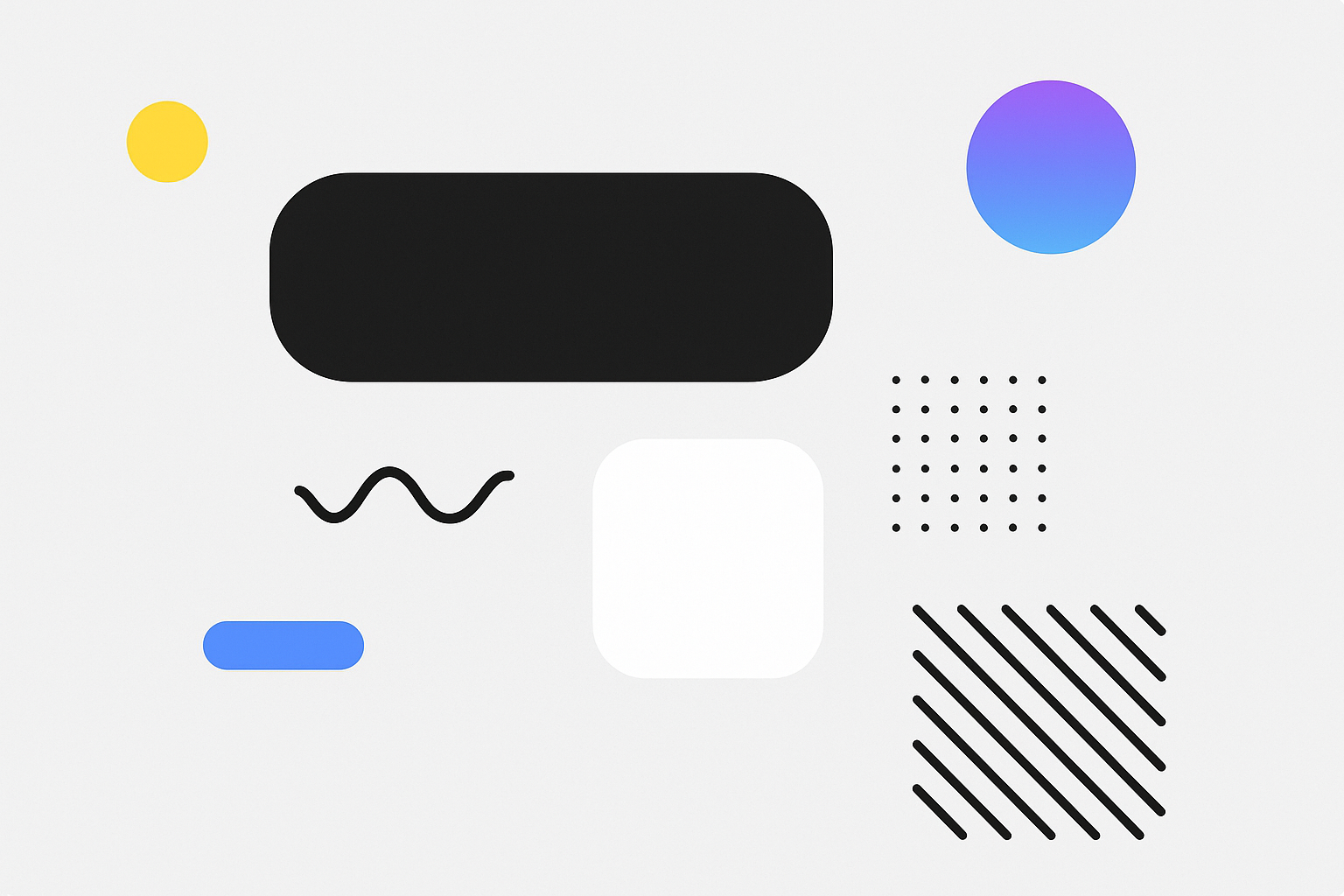Why UI Animation Matters
UI animations aren’t just for decoration. They serve clear purposes:
Enhancing usability: Animations guide users’ attention, provide feedback, and make transitions feel natural. For example, a bouncing button signals interaction is successful, or a sliding panel indicates where new content appears.
Creating emotional connection: Micro-interactions, like a playful “like” button or smooth page transition, can make users feel delighted, keeping them engaged longer.
Communicating brand personality: A startup may use bold, energetic animations, while a finance app might prefer subtle, professional transitions.
Done right, UI animation balances aesthetic inspiration with functional design.
Types of UI Animations That Inspire Designers
When thinking about UI animation inspiration, designers usually explore these categories:
Micro-interactions
Small but powerful. Examples include hover effects, button clicks, toggles, or swiping gestures. They bring clarity and liveliness to everyday actions.
Page Transitions
Instead of abrupt changes, smooth transitions help users understand navigation flow. Sliding, fading, or scaling elements can reduce cognitive load.
Loading Animations
No one enjoys waiting, but creative loading animations turn downtime into moments of delight. Think playful spinners, progress bars with motion, or character based loaders.
Navigation Animations
Expanding menus, floating action buttons, or animated tab bars provide inspiration on how motion can simplify exploration.
3D & Advanced Motion
With tools like Lottie, Rive, and Spline, 3D effects and physics based animations are becoming mainstream, inspiring immersive app experiences.
Sources of UI Animation Inspiration
If you’re a designer or developer looking to get inspired, here’s where to start:
Dribbble & Behance: Packed with UI shots showcasing the latest animation concepts.
Ripplix: A curated library of real world UI animations and micro-interactions (perfect for studying motion systems).
CodePen: Developers share snippets of interactive UI animations—ideal for hands on inspiration.
Pinterest Boards & Design Blogs: Collections of creative UI inspiration across industries.
Mobile Apps: Sometimes the best inspiration comes from using products—study apps like Airbnb, Duolingo, or Notion for subtle yet impactful animations.
Best Practices for Effective UI Animation
Before adding motion everywhere, keep these principles in mind:
Keep it purposeful: Every animation should communicate feedback or guide user attention, not distract.
Stay subtle: Overly flashy animations can feel overwhelming and slow down usability.
Ensure speed and smoothness: Animations should be quick (200–500 ms) and responsive across devices.
Match the brand tone: Playful, serious, minimalist—your animations should align with brand identity.
Test with users: What looks great to a designer might confuse users. Always validate.
Tools for Creating UI Animations
To bring your inspiration to life, explore these popular tools:
After Effects + Lottie (for exporting animations to apps)
Figma & Figmotion (for prototyping motion inside design tools)
Rive (real-time interactive animations)
Framer Motion (for React-based animations)
Spline (3D animation for web and UI)
Each tool offers unique possibilities—from quick prototyping to production-ready animations.
UI Animation Inspiration
UI Animation Examples
Micro-Interaction Inspiration
Best UI Animation Tools
Modern UI Design Trends
Conclusion
UI animation is no longer just “nice to have.” It’s a powerful design language that improves usability, communicates brand values, and leaves users inspired. Whether you’re exploring micro-interactions, immersive 3D transitions, or elegant loading screens, motion is the key to turning interfaces into experiences.
If you’re seeking fresh ideas, platforms like Ripplix make it easier to find, study, and apply real-world animation inspiration in your own projects. In the end, inspiration is everywhere—it’s up to designers to translate motion into meaning.



Top comments (0)